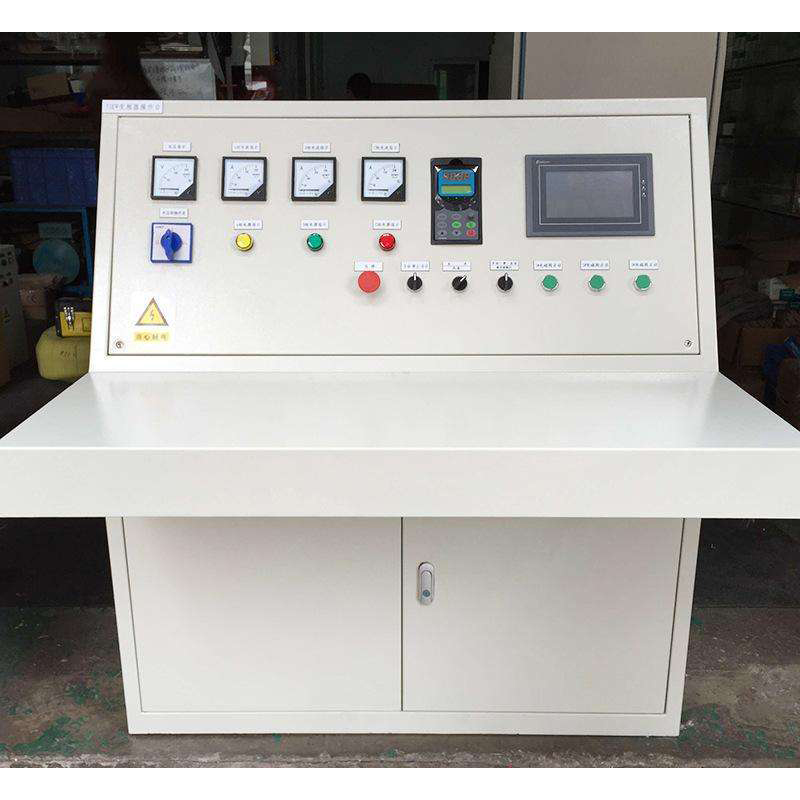
Dec . 04, 2024 10:00
Back to list
مبادل حراري
Understanding Heat Exchangers Principles and Applications
Heat exchangers are essential components in various industrial processes, playing a crucial role in efficient energy transfer. They are designed to transfer heat between two or more fluids, which can be in direct contact or separated by a solid wall to prevent mixing. The efficiency of heat exchangers is paramount for minimizing energy consumption and achieving desired thermal conditions in manufacturing, power generation, and HVAC systems.
The Operating Principle
The fundamental principle behind heat exchangers is the transfer of thermal energy from a hotter fluid to a cooler one. This process occurs until thermal equilibrium is reached. There are four main types of heat exchangers shell-and-tube, plate, air-cooled, and double pipe. Each type has its unique advantages and applications depending on factors such as the nature of the fluids, operating conditions, and space constraints.
1. Shell-and-Tube Heat Exchangers These consist of a series of tubes, with one fluid flowing through the tubes and another fluid circulating around them within a larger shell. Shell-and-tube heat exchangers are commonly used in the chemical process industry due to their reliability and scalability.
2. Plate Heat Exchangers Characterized by their compact design, plate heat exchangers consist of multiple thin plates that create channels for the fluids to flow through. They are efficient for applications with space constraints, such as in food processing and pharmaceuticals.
3. Air-Cooled Heat Exchangers These utilize ambient air to cool a fluid, often employed in power plants and refrigeration systems. They incorporate fans to enhance the heat transfer process and are particularly useful in remote locations where water availability is limited.
4. Double-Pipe Heat Exchangers This type involves one pipe inside another, allowing the two fluids to flow in opposite directions. They are typically used for small-capacity applications and are easy to maintain and clean.
.
The efficiency of heat exchangers can be assessed through various metrics, including the heat transfer coefficient, thermal conductivity, and overall heat transfer effectiveness. Engineers often apply the concept of the log mean temperature difference (LMTD) or the effectiveness-NTU method to analyze performance under different operating conditions.
مبادل حراري

Factors affecting the performance of heat exchangers include fluid properties (such as viscosity and density), flow arrangements (counterflow, parallel flow, or crossflow), and surface area for heat exchange. Increasing the heat transfer surface area typically enhances performance, which is why many heat exchangers feature finned surfaces or corrugated plates.
Applications Across Industries
Heat exchangers are ubiquitous in numerous sectors
- Power Generation In power plants, heat exchangers recycle waste heat from exhaust gases, improving overall efficiency. They are also critical in cooling systems for turbines and generators.
- Chemical Processing Heat exchangers facilitate temperature control in reactors, distillation columns, and heat recovery systems within chemical manufacturing.
- HVAC Systems In heating, ventilation, and air conditioning systems, they regulate thermal comfort by reclaiming energy from exhaust air or providing heating through hot water systems.
- Pharmaceuticals and Food Processing Maintaining specific temperature profiles during production is vital; thus, heat exchangers ensure compliance with safety and quality standards.
Conclusion
Heat exchangers are indispensable in modern industry for their role in energy efficiency and cost reduction. Understanding their types, principles, and applications allows engineers to select the most suitable design for specific processes, ultimately contributing to sustainable and efficient operations. As technology advances, innovations in heat exchanger design and materials will further enhance their performance, providing even greater possibilities for energy recovery and thermal management across various fields.
Next:
Latest news
-
Safety Valve Spring-Loaded Design Overpressure ProtectionNewsJul.25,2025
-
Precision Voltage Regulator AC5 Accuracy Grade PerformanceNewsJul.25,2025
-
Natural Gas Pressure Regulating Skid Industrial Pipeline ApplicationsNewsJul.25,2025
-
Natural Gas Filter Stainless Steel Mesh Element DesignNewsJul.25,2025
-
Gas Pressure Regulator Valve Direct-Acting Spring-Loaded DesignNewsJul.25,2025
-
Decompression Equipment Multi-Stage Heat Exchange System DesignNewsJul.25,2025

